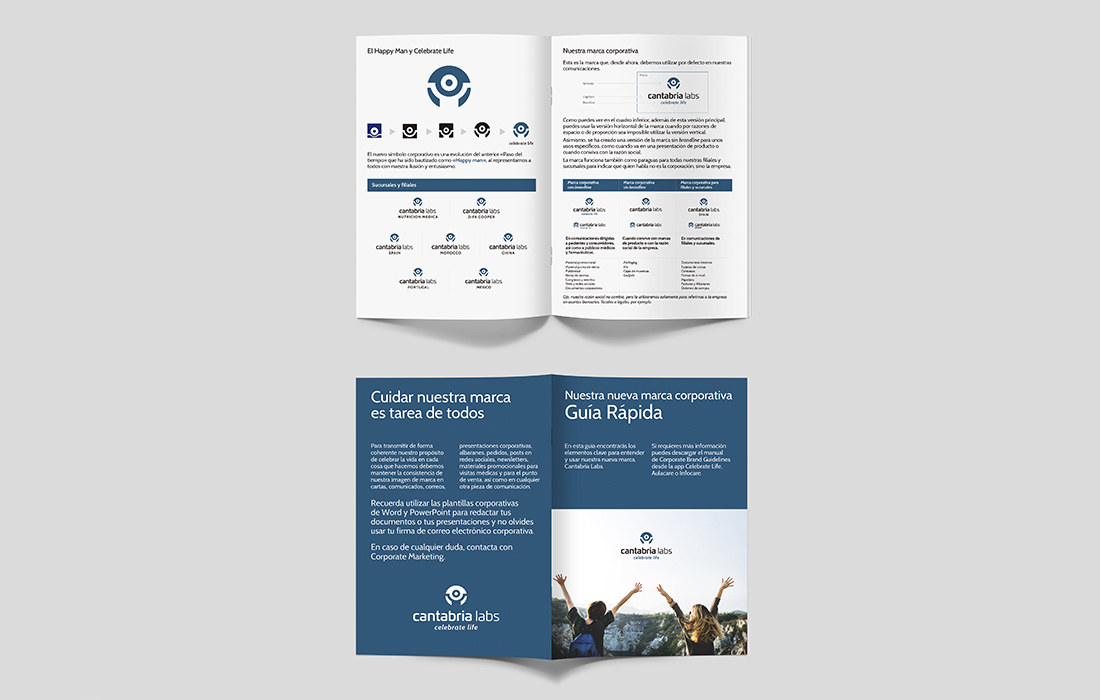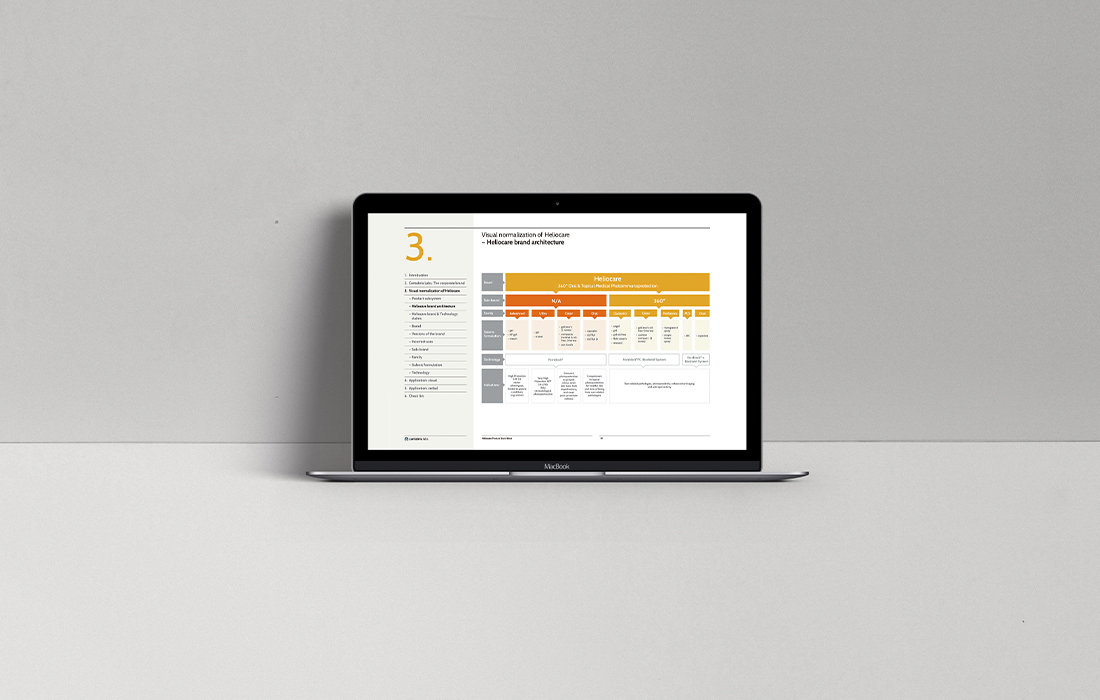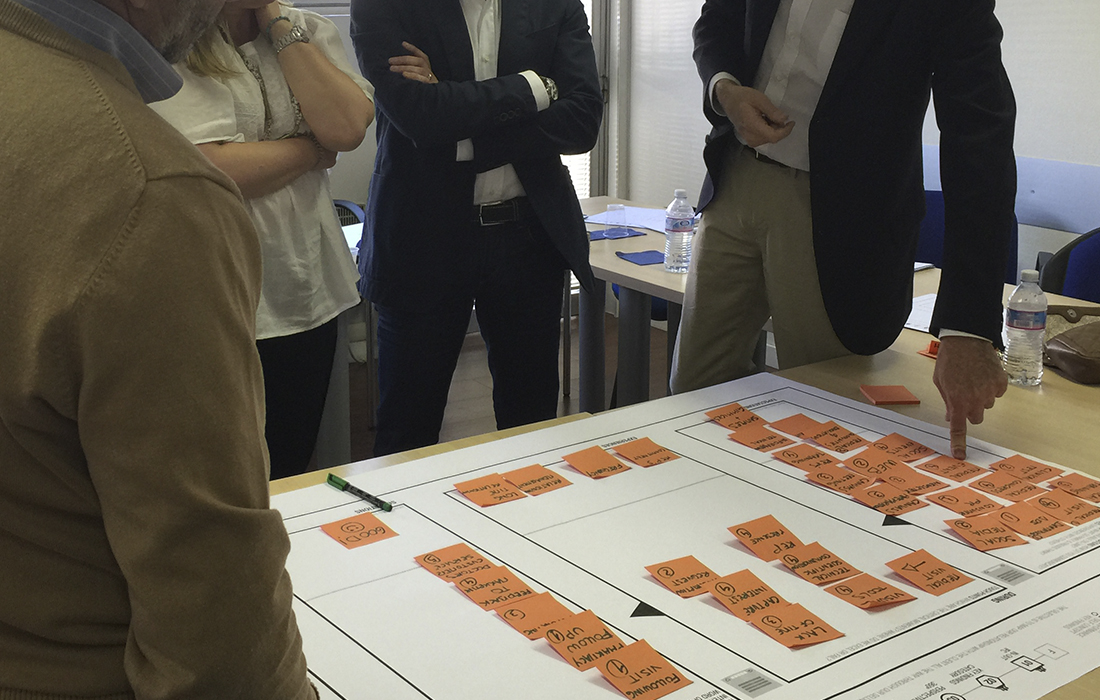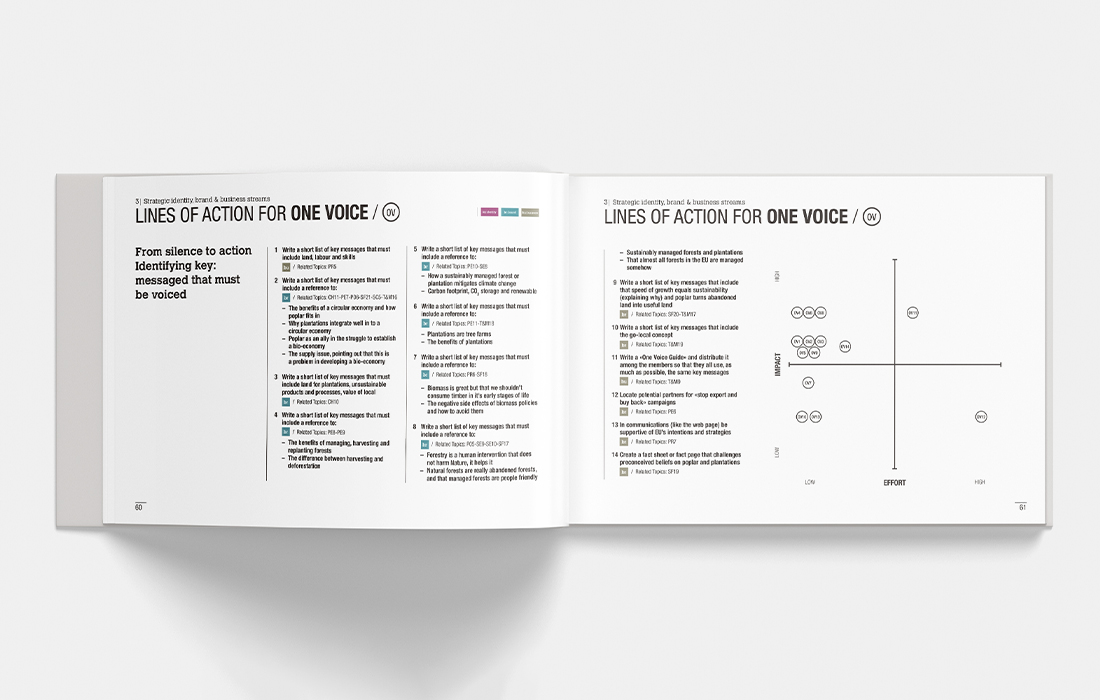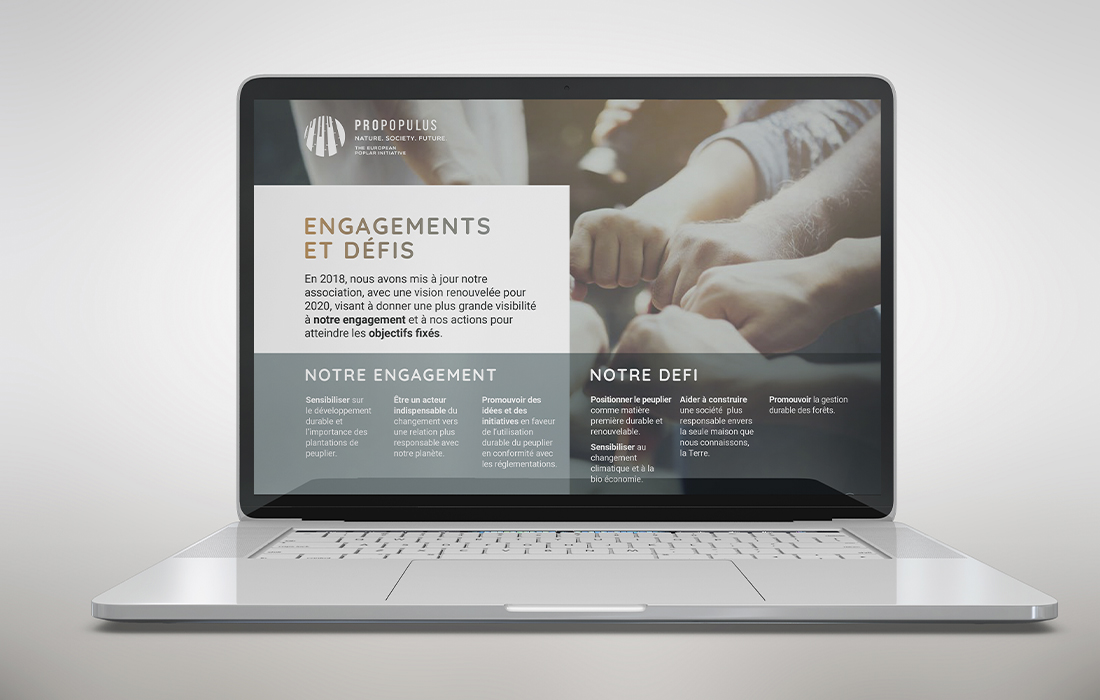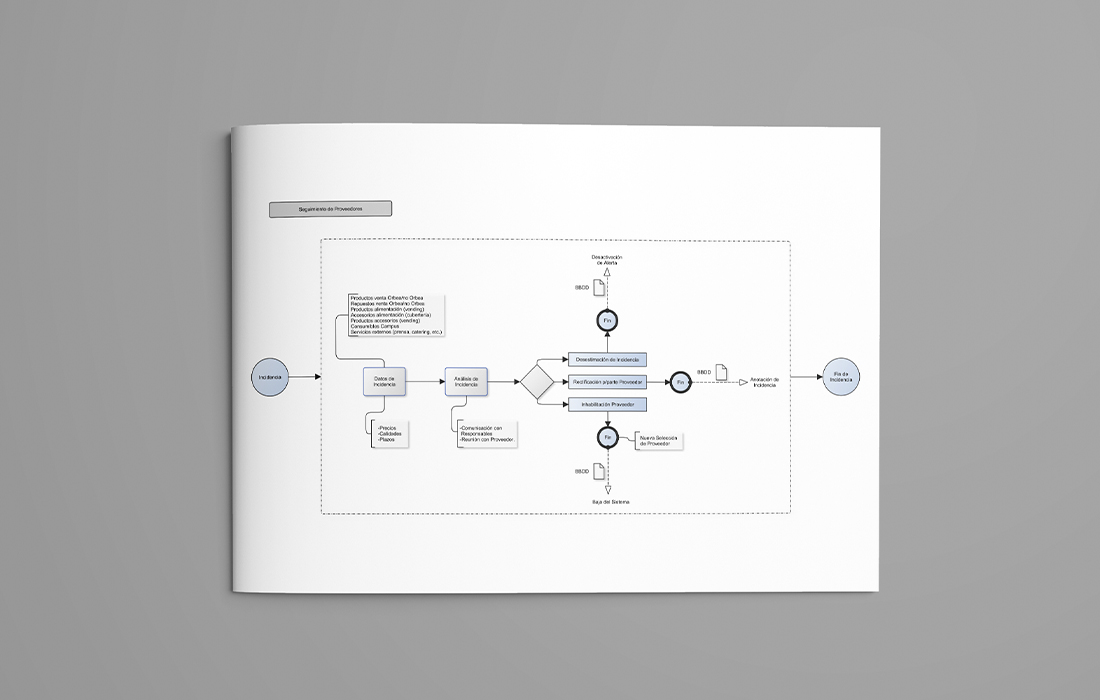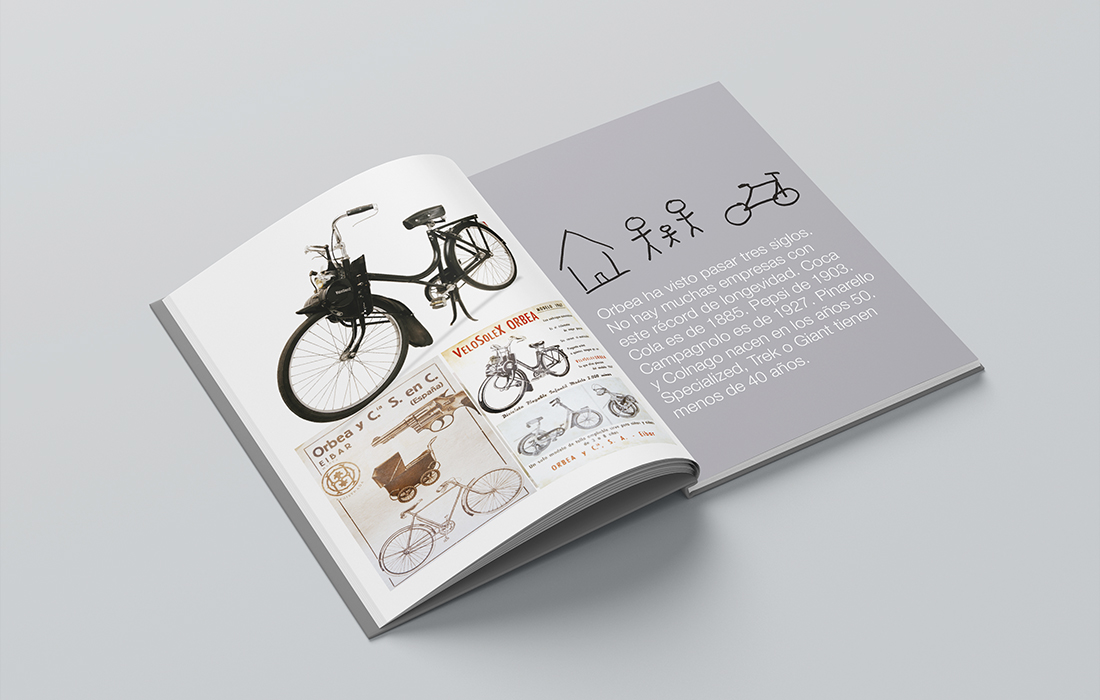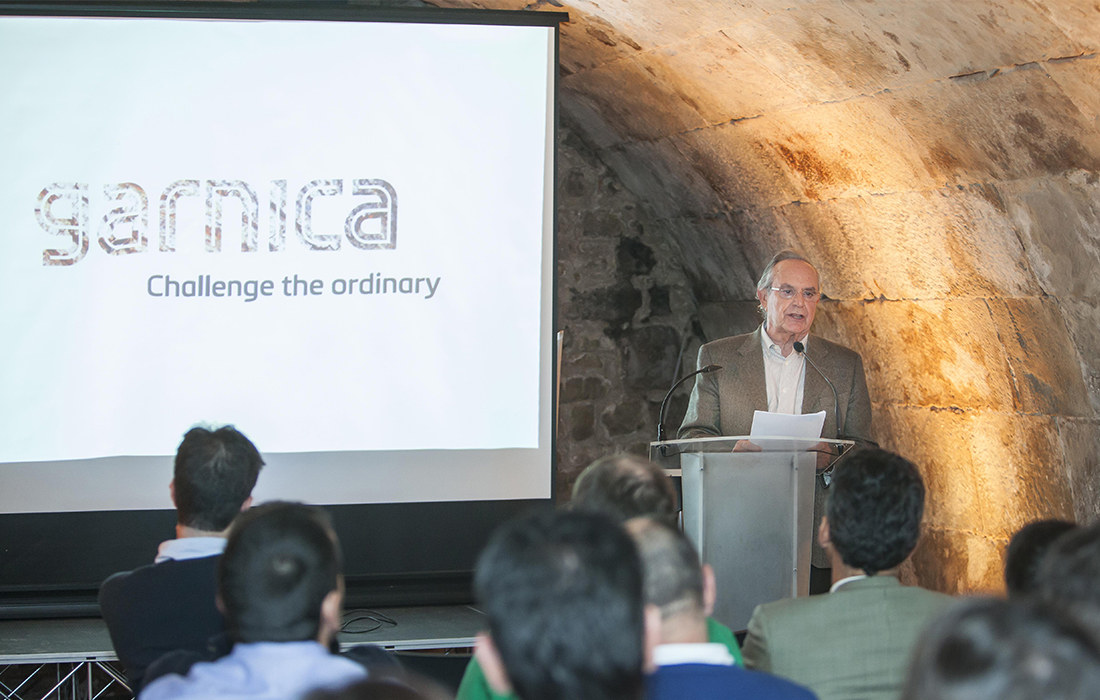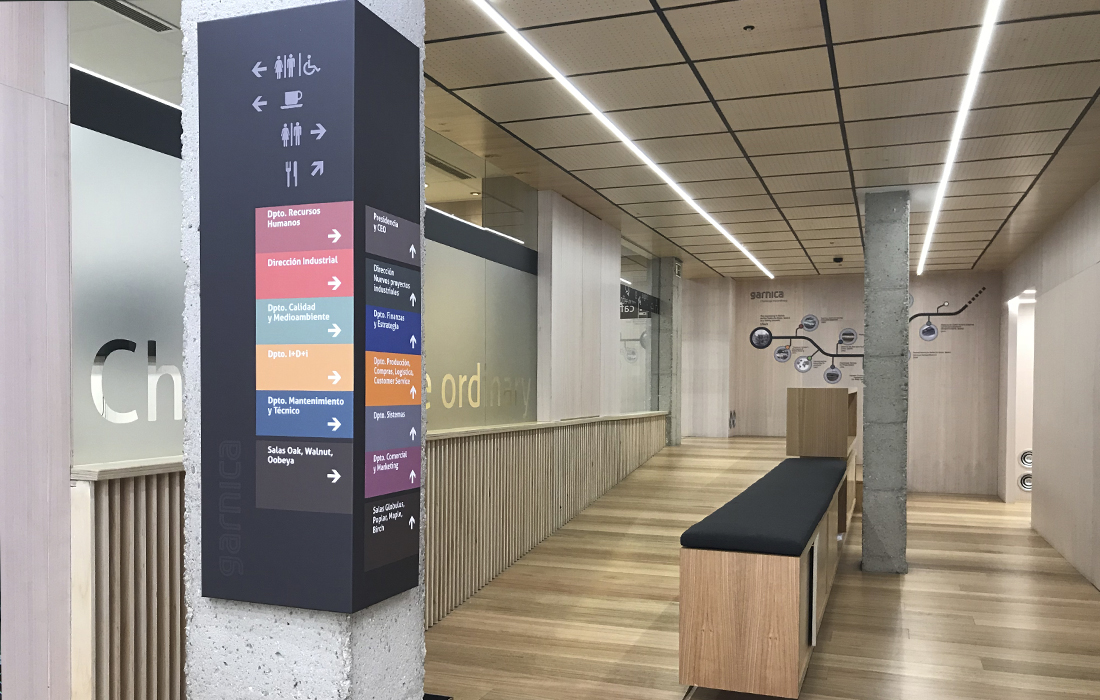
12 Mar What the new digital consumer wants
Whiplash Team, 12th March 2021
What the new digital consumer wants
Although Spanish consumers already used e-commerce regularly before the pandemic, the lockdown, social distance and fear of infection, among other factors, have caused electronic commerce figures to skyrocket. It has been an unprecedented challenge for companies, and they have had to adapt their strategies to the new demands of hyper-connected, more demanding and “mobile first” users.
During 2020, the accumulated growth of e-commerce in Spain was more than 36%, placing our country as the third fastest growing market in the world. This forced some large firms to accelerate their plans for digital platforms and on their digital transformation projects to face a demand for goods and services that skyrocketed as a result of the lockdown.
In 2021, according to various studies, the trend is now consolidated and a growth of 24% is expected, compared to the previous year, which implies that the rhythm will slow down a bit, but it is not reversed. In addition, the profile of the Spanish consumer has also evolved over the last year and according to the “Survey of the new Spanish consumer in the COVID era”, carried out by the consulting firm specialized in on-line stores Consultoria.io, almost 85% of Spaniards already do their purchases on-line. This compares to 72% who did so in 2020, according to the “eCommerce 2020 Study” of Iabspain.es.
Among the most significant data revealed by the different research is the use of mobile phones as the main tool when making purchases on-line. The computer continues to lose ground and shopping applications on mobile phones are increasingly appreciated by consumers. In fact, 80% of those surveyed make their purchases via their mobile phone.
As with any activity, the more it is practised the better it is done and as Spanish consumers become familiar with on-line shopping, they have more elements to value the service that brands provide in this field. According to the Consultoria.io study, which analyses the way in which consumers behave in 2021, what they value most is the security of payments (70%), followed by the ease of making changes and returns (46%) and the speed of the purchase process (42%).
At the other end, the lack of detail in product information is one of the things that users rate the worst, as well as high shipping costs and poor after-sales service. In the case of shipping costs, they can be a deterrent when making the transaction, and almost half of those surveyed indicated that they had given up on the purchase.
Undoubtedly, e-commerce, such as telecommuting or on-line education, is part of the normality that we will know from now on, therefore, for brands it is important to take care of all the details in the customer journey and ensure that the experience user interface is fluid and seamless. Good after-sales service, careful customer service, full and detailed information about the products, as well as an agile design and a simple interface will positively influence the shopping experience and reinforce the image of the brand in a digital environment which is increasingly more competitive and vaster.




